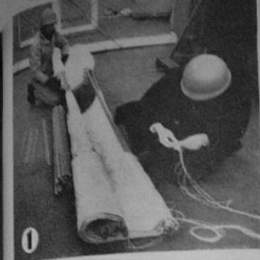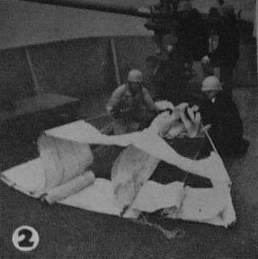"Barrage Kites"
Shield Convoys
Kites now comb the sky above our merchant ships, trailing
in the paths of attackers the same kind of wire that is used
on barrage balloons. The wire is invisible from a plane, but it
will rip off a wing or foul a propeller. Knowing that, enemy
airmen keep their distance. A kite is easier to launch and maneuver
in a high wind than a balloon, does not slow a ship down
so much, and costs less -- $108 as compared with $1,200 for a
balloon. The box kites used are of aircraft fabric, with
spruce struts and 2,000-foot lines. W/Bsn. H.C. Sauls, of the
War Shipping Administration, experimented 12 years to perfect
this type of kite, which was intended originally for displaying
advertising signs. The Navy adopted it in 1941. Since then, more
than 1,000 officers and seamen have been taught its use at the
U.S. Maritime Service Kite and Barrage Balloon School in
New York.
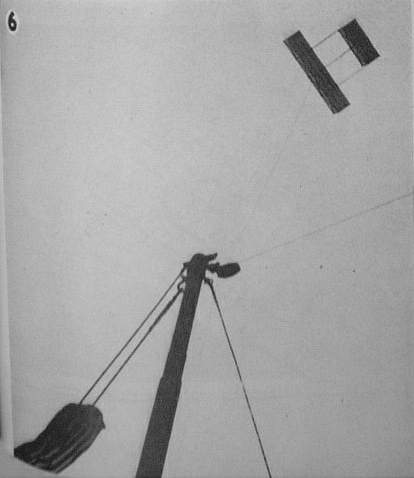
|
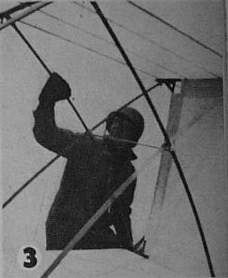
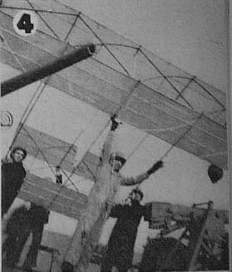
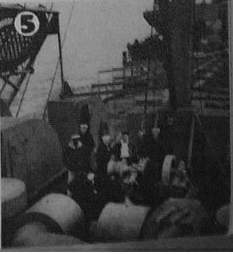
|
